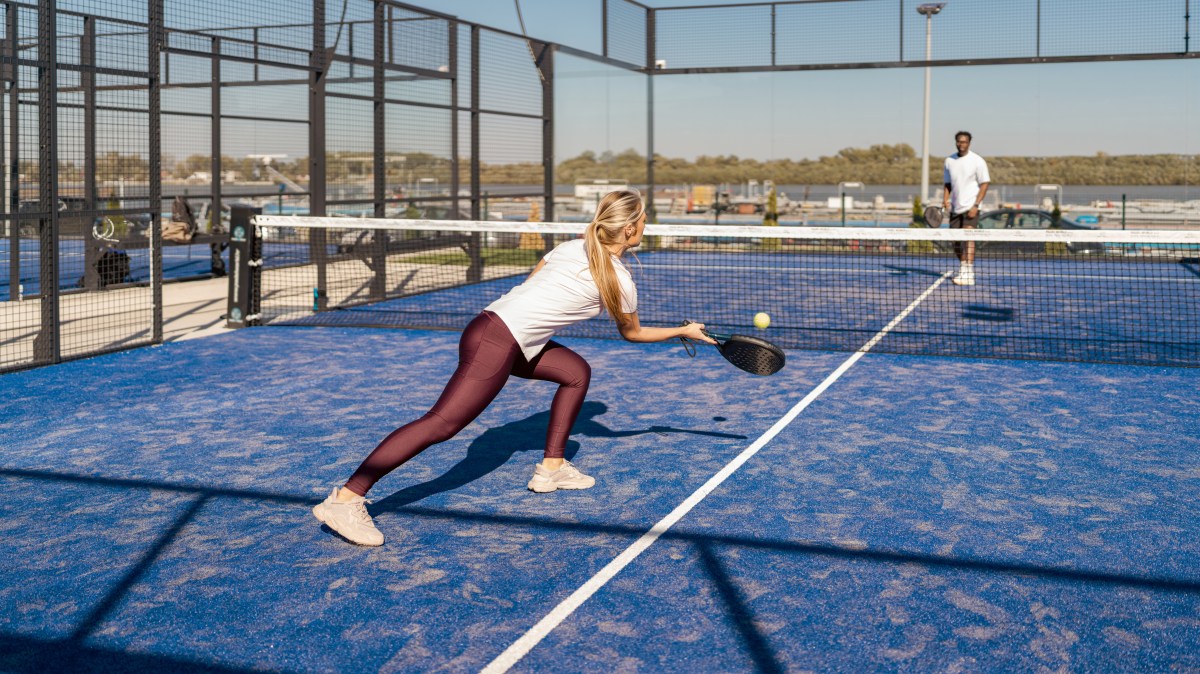A contentious proposal to convert existing tennis courts into padel facilities at the renowned Lee Valley Hockey and Tennis Centre has been put on hold following significant public outcry and a strong backlash from the dedicated tennis community. The council is now set to undertake a comprehensive review of its ambitious plans, which initially aimed to boost participation in racket sports but overlooked the crucial element of user consultation.
The initial conversion strategy, communicated via email in June, involved transforming several established tennis courts into a mix of seven double and two single padel courts. This initiative by the Lee Valley Hockey and Tennis Centre, a facility integral to the Queen Elizabeth Olympic Park legacy, was presented as a move to “grow participation across all ages” and enhance overall capacity for racket sports. However, the lack of engagement with existing facility users quickly ignited widespread disapproval.
This oversight spurred an immediate and powerful response, culminating in a petition signed by approximately 650 concerned residents and tennis enthusiasts, all advocating for a reversal of the decision. The Lawn Tennis Association (LTA) publicly voiced its “disappointment” regarding the unilateral announcement, underscoring the severity of the situation and the perceived disregard for established tennis provisions.
The Lee Valley Regional Park Authority (LVRPA), a body partially funded by a local council tax levy, did not conduct any public consultation prior to unveiling the nearly £500,000 conversion project. This absence of dialogue further fueled the community’s frustration, highlighting a perceived top-down approach to the management of vital public sports facilities.
In response to the mounting pressure, a committee recently convened to re-evaluate the proposal. Discussions shifted towards a “hybrid approach,” suggesting a compromise where only two indoor tennis courts would be converted to padel courts, with two remaining dedicated to tennis, and potential future consideration for outdoor court conversions. This revised strategy, aiming for a more balanced outcome, was unanimously supported by the panel, leading to the decision to step back from the original, contentious plan.
The voice of the tennis community was powerfully articulated by individuals like Tracey Kent, a regular user, who expressed profound shock and questioned the necessity of the changes. She highlighted that tennis was already “flourishing and is already profitable,” advocating strongly for the preservation of existing facilities for both current and future generations of tennis players. This sentiment underscored a feeling of betrayal among those who cherish the traditional courts.
Padel, a sport rapidly gaining international traction, merges elements of tennis and squash. Typically played in doubles, it utilizes an enclosed court roughly a third the size of a standard tennis court, employing solid rackets and depressurised balls, where the walls are an active part of the game. Its growing popularity was cited by the LVRPA as a key driver for the proposed expansion, emphasizing its potential for health and wellbeing opportunities within a wider community context.
The LVRPA acknowledged the intense public feedback, stating their commitment to a “more detailed assessment of options for padel and tennis as part of a wider review of future investment on the site.” This strategic assessment, expected to take six to nine months, will prioritize regional appeal, commercial viability, and crucially, extensive engagement with venue users and other interested parties. No final decision will be made until this comprehensive review is concluded, signalling a move towards more inclusive planning.
The Lawn Tennis Association welcomed the LVRPA’s willingness to explore alternative solutions, reiterating their belief that “both tennis and padel can thrive without losing vital indoor tennis facilities.” They expressed eagerness to collaborate with the authority on their revised plans, signaling a potential path forward where the expansion of new sports does not come at the expense of established, beloved community assets.






Leave a Reply